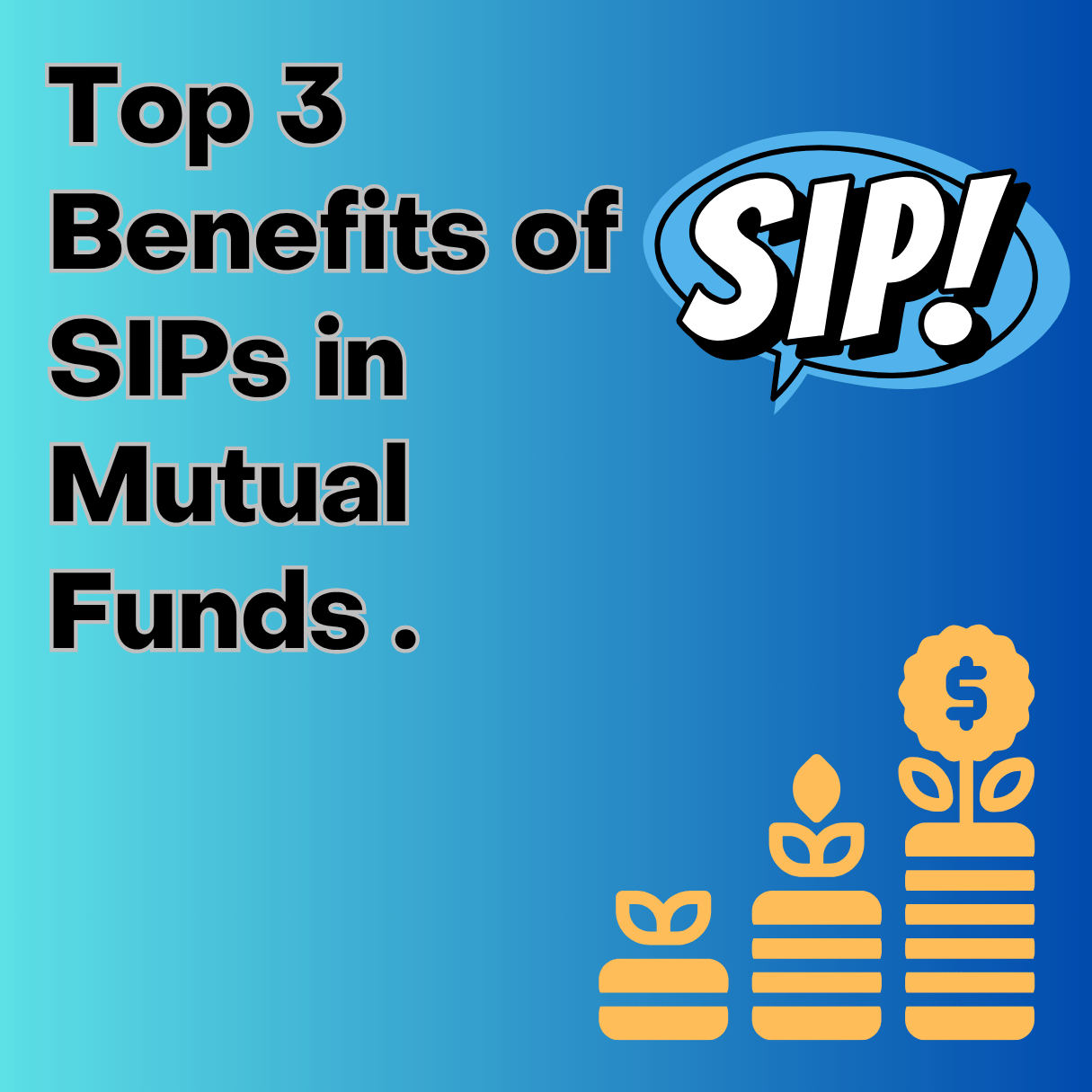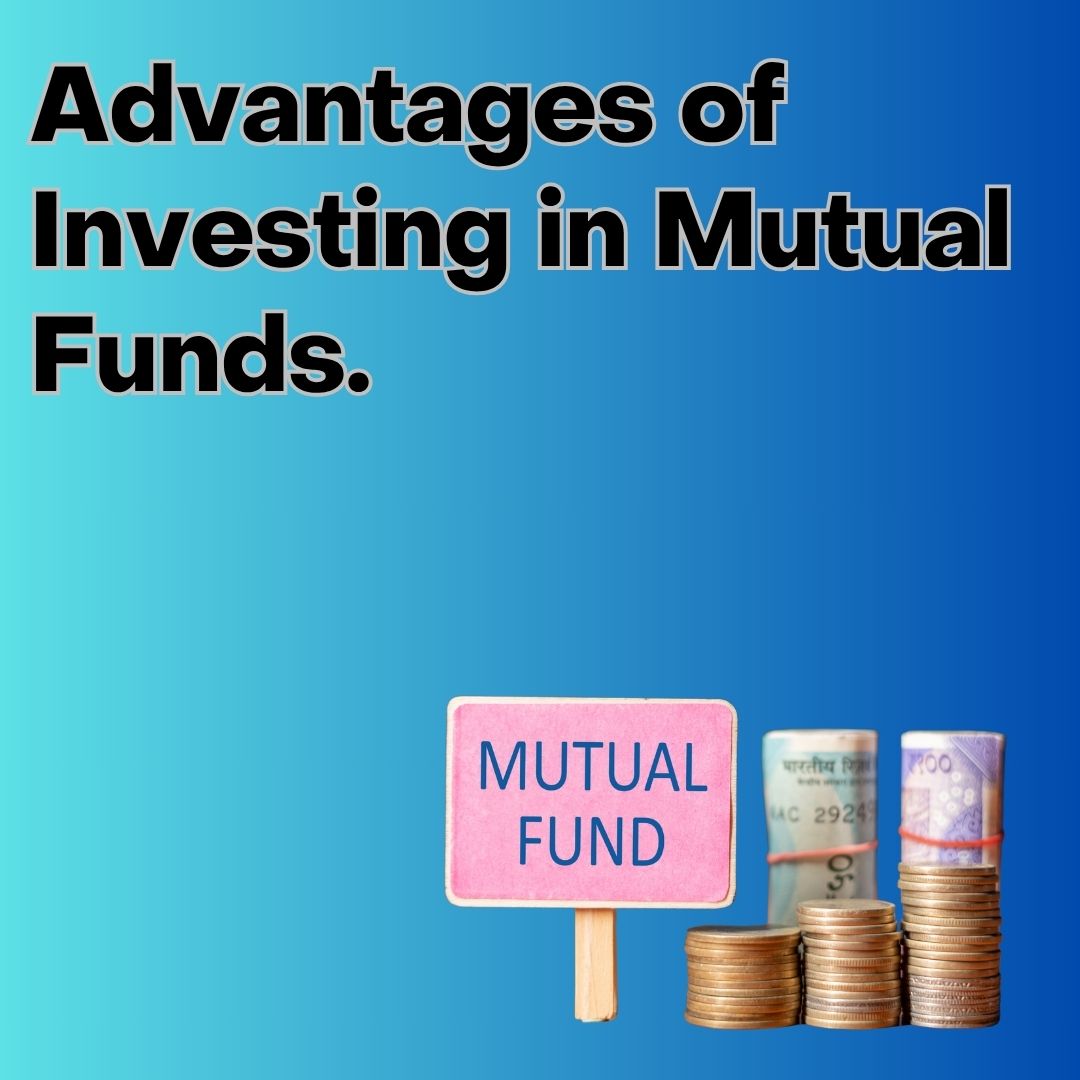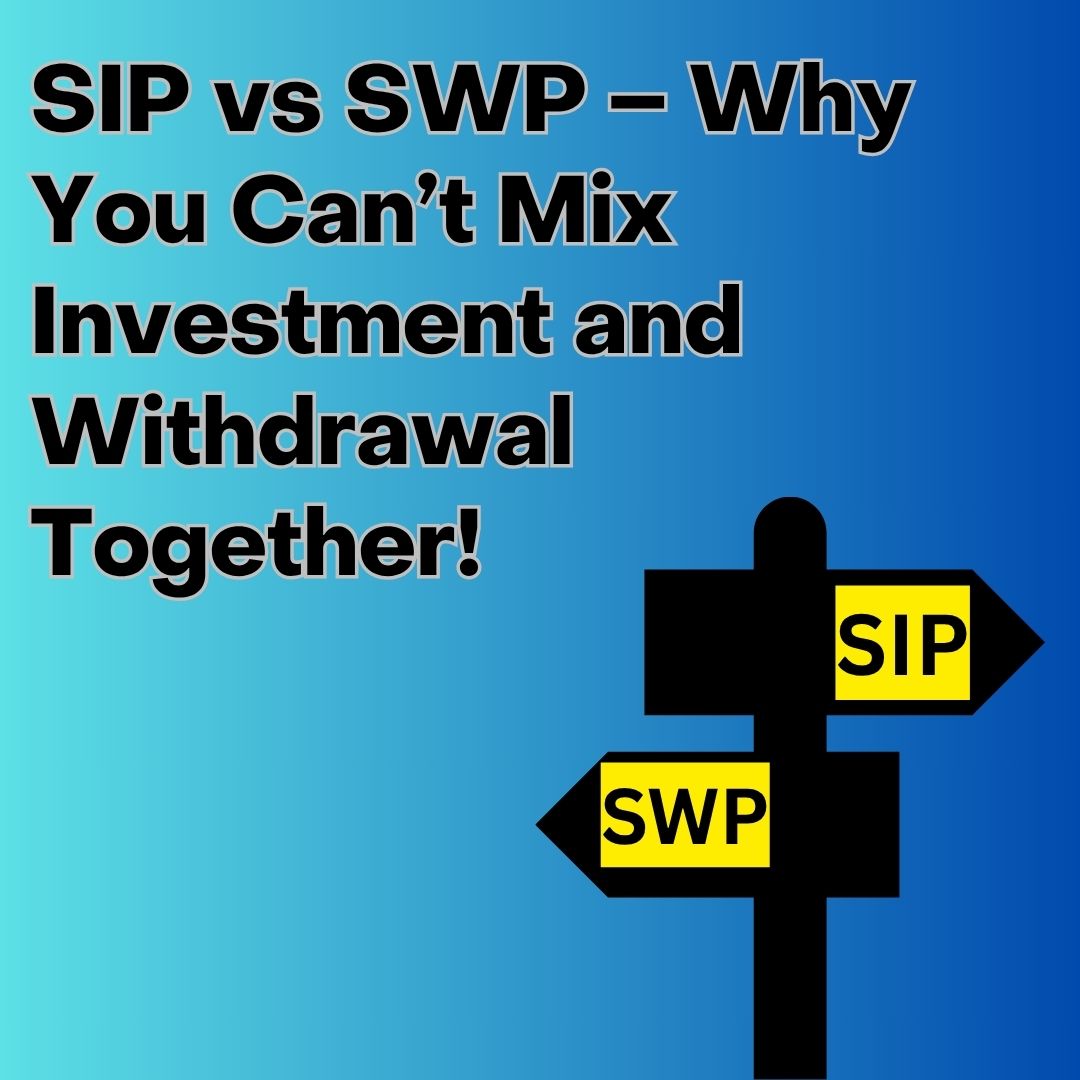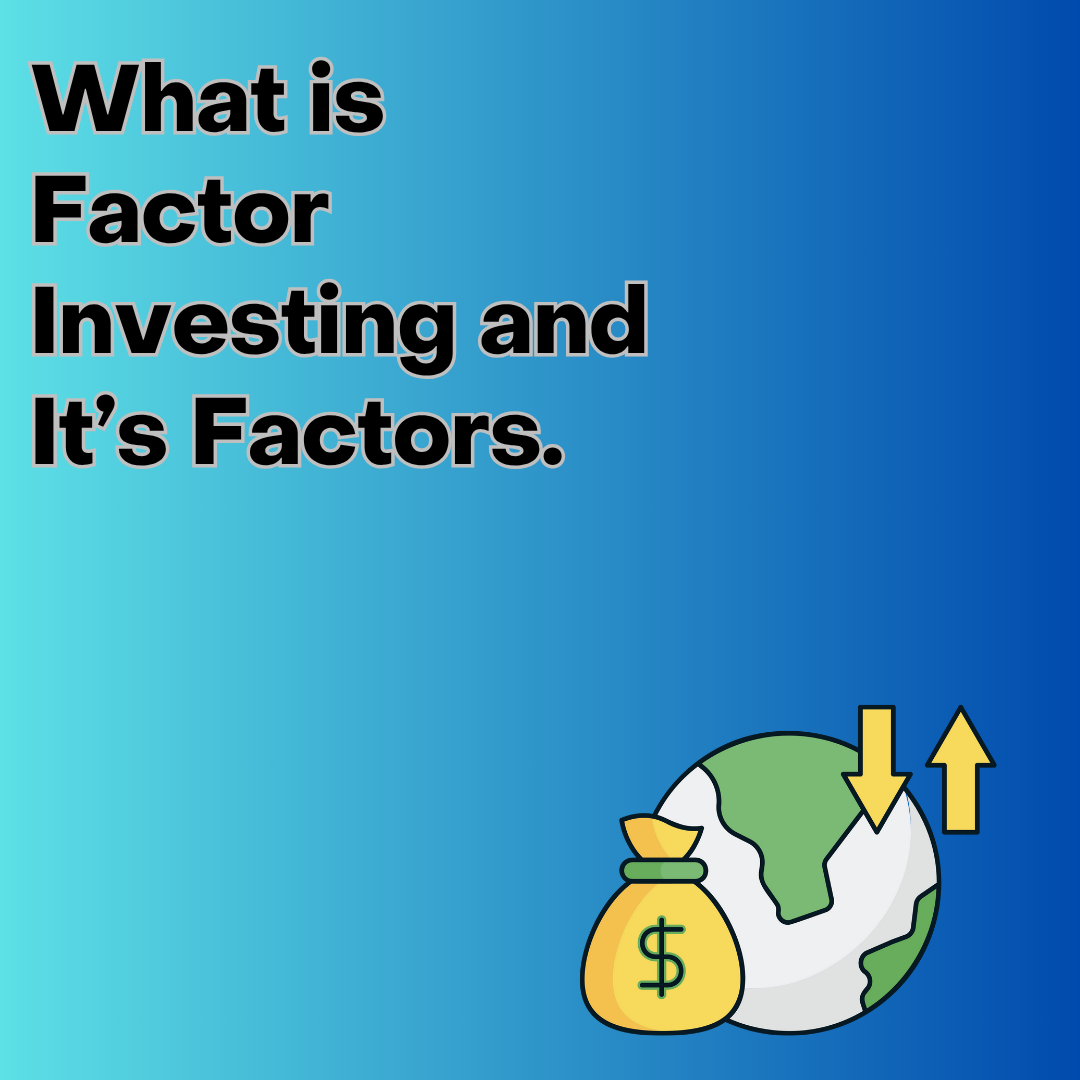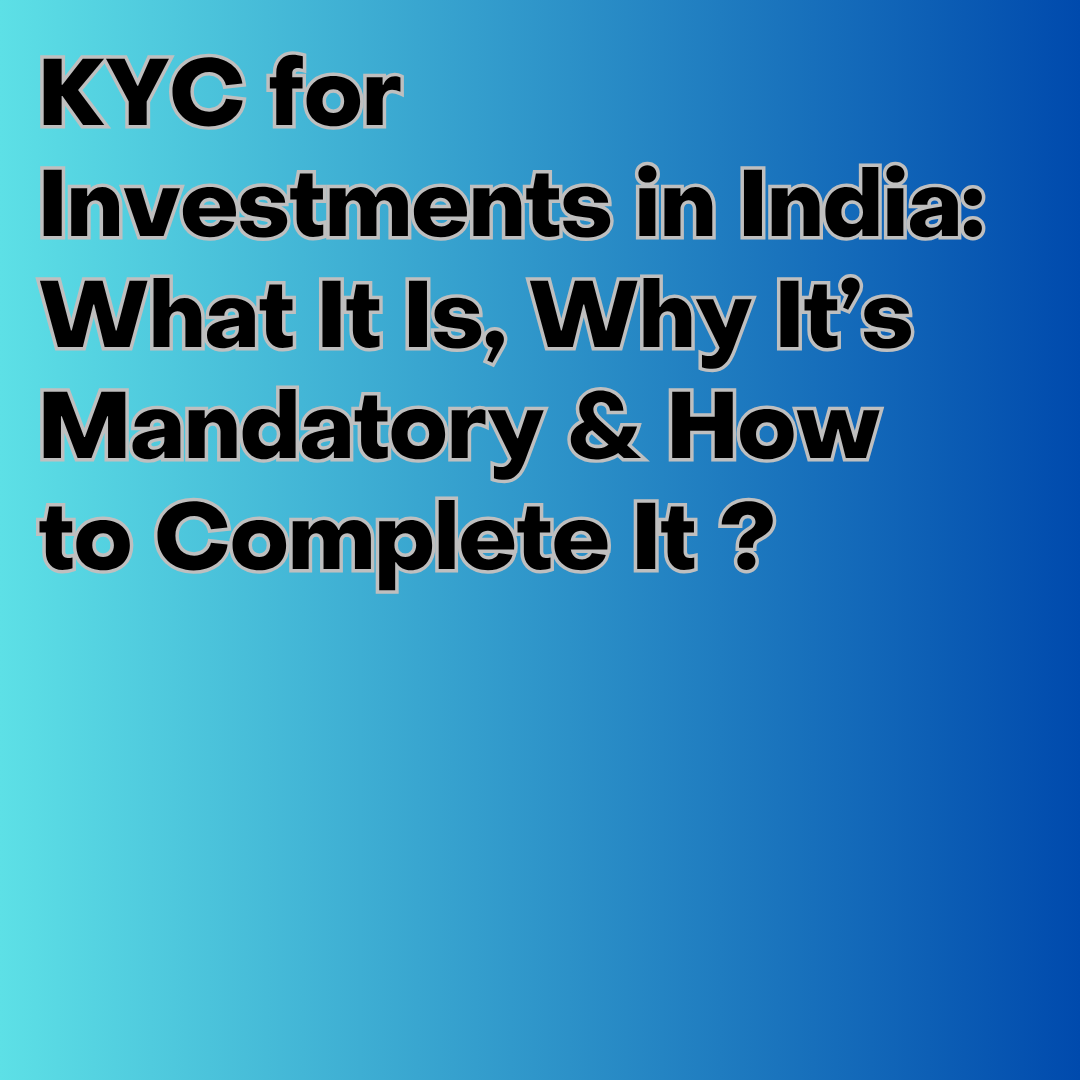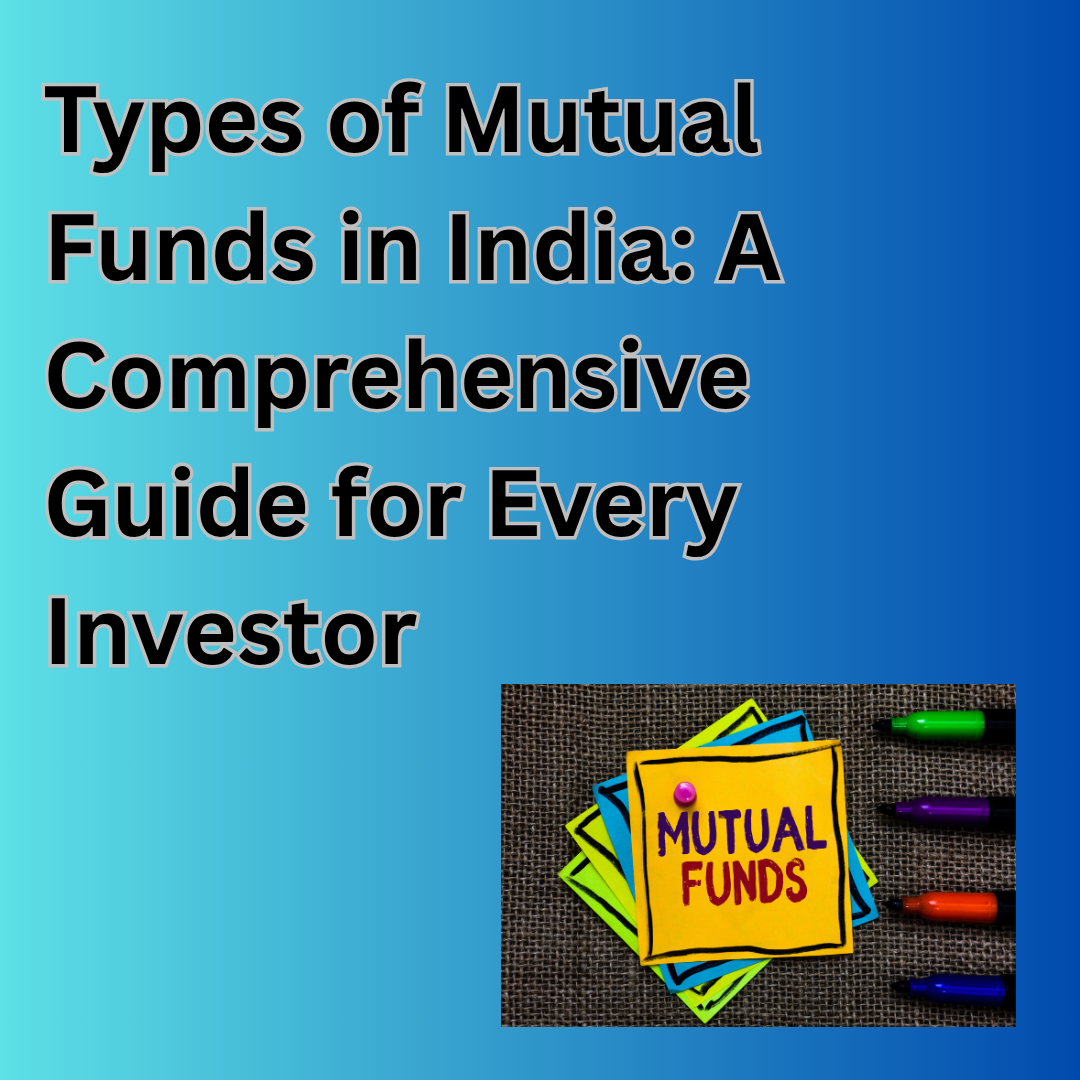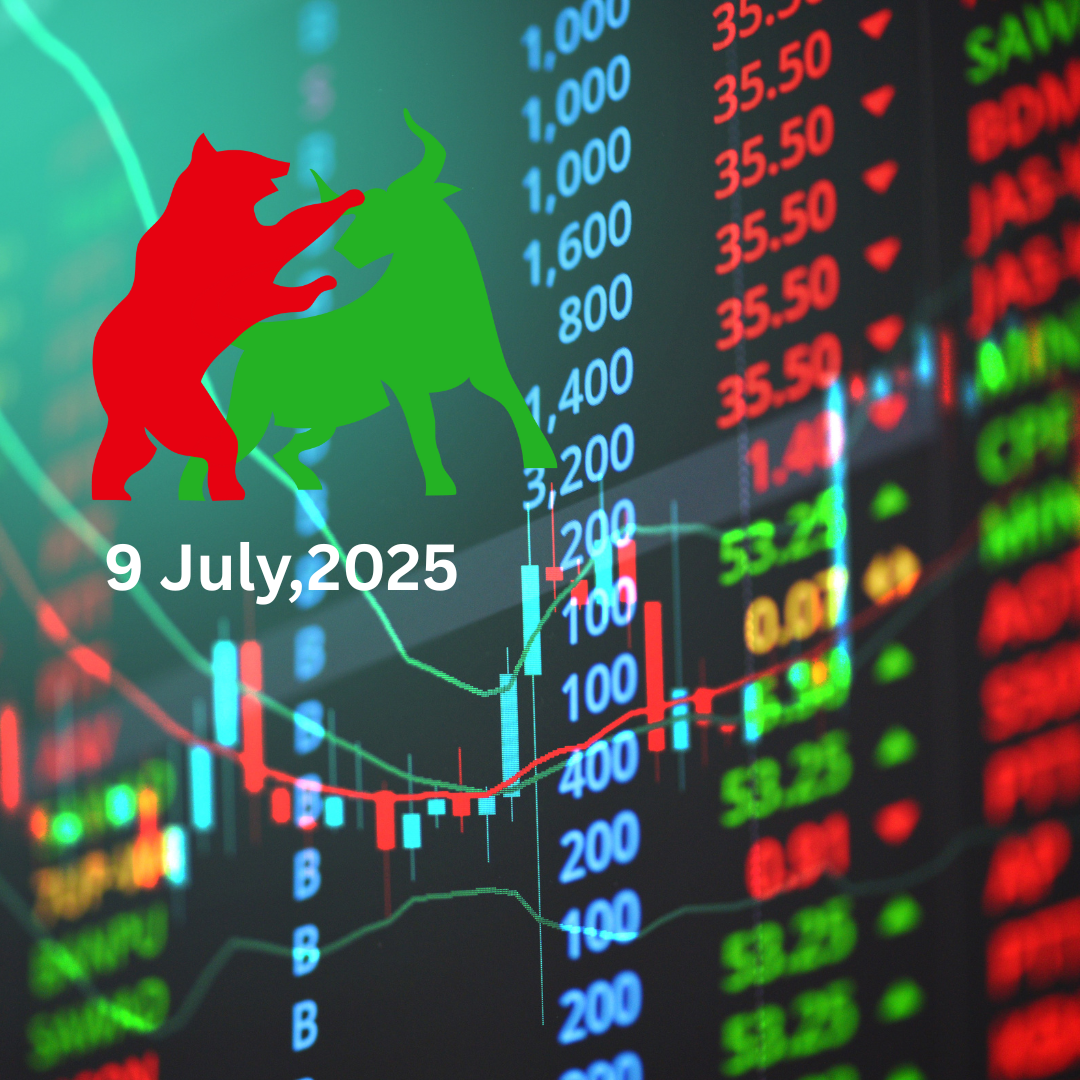- SENSEX 82557.29 303.83 (0.37%)
- NIFTY 50 25194.75 112.45 (0.45%)
- GOLD 97878 103 (0.11%)
- SILVER 112613 -323 (-0.29%)
- NASDAQ 20640.33 54.8 (0.27%)
- FTSE 8784.27 66.3 (0.75%)
- Nikkei 37724.11 192.58 (0.51%)
- Crude 5712 19 (0.33%)
- USD/INR 85.776 0.02 (0.02%)
- EURO 100.2983 -0.13 (-0.13%)
- POUND 115.3541 -0.19 (-0.16%)
- SENSEX 82557.29 303.83 (0.37%)
- NIFTY 50 25194.75 112.45 (0.45%)
- GOLD 97878 103 (0.11%)
- SILVER 112613 -323 (-0.29%)
- NASDAQ 20640.33 54.8 (0.27%)
- FTSE 8784.27 66.3 (0.75%)
- Nikkei 37724.11 192.58 (0.51%)
- Crude 5712 19 (0.33%)
- USD/INR 85.776 0.02 (0.02%)
- EURO 100.2983 -0.13 (-0.13%)
- POUND 115.3541 -0.19 (-0.16%)
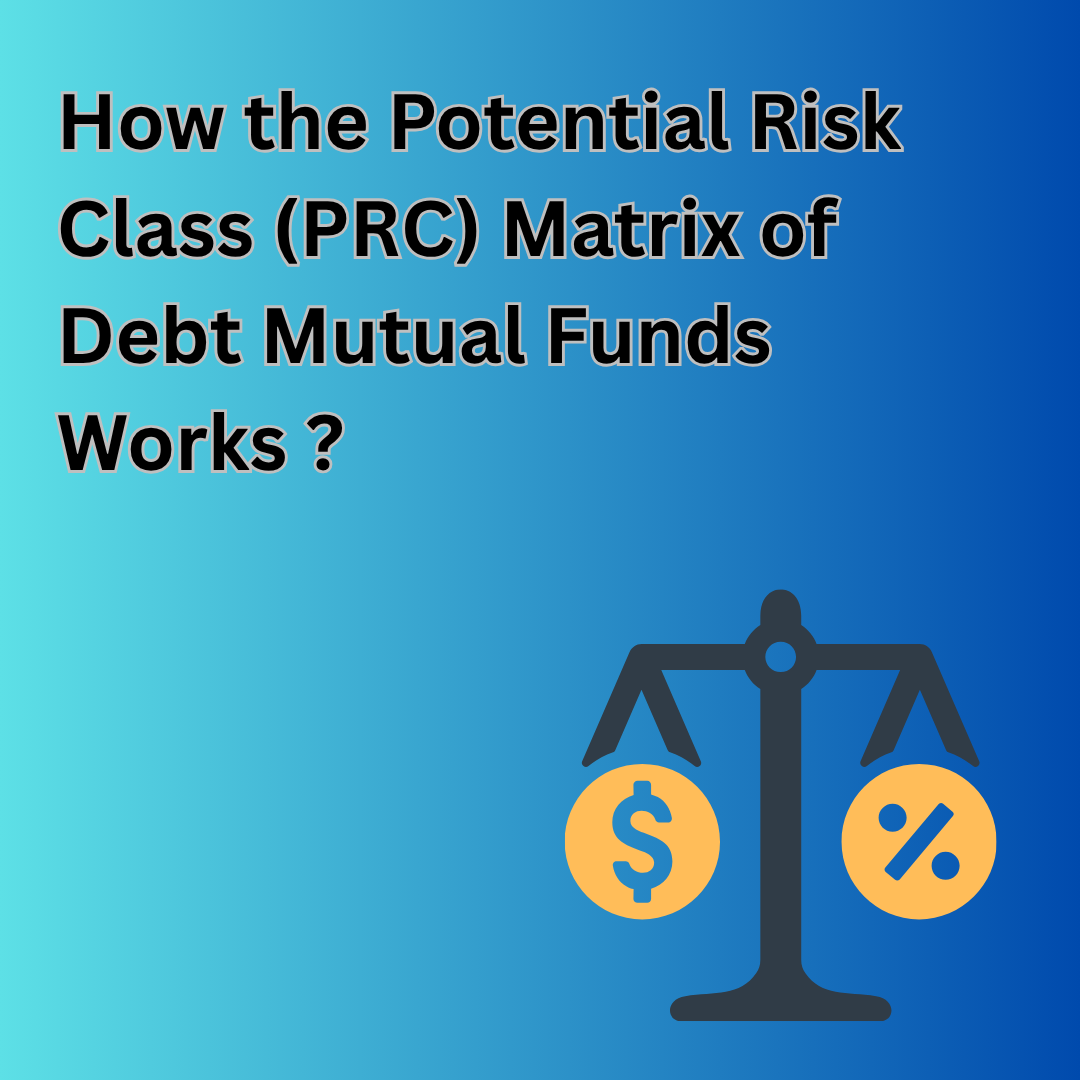
Investing in mutual funds is a smart way to grow your wealth over time, and debt mutual funds are a popular choice for those who prefer stability and lower risk compared to equity funds. But even among debt funds, the risk can vary widely. Some may carry higher credit risk, while others may be more sensitive to interest rate changes.
To help investors make better and more informed decisions, SEBI introduced a transparent framework called the Potential Risk Class (PRC) matrix.
If you’re confused about what the PRC matrix means and how it affects your investments — don’t worry! We’ve simplified it for you in this blog.
What is the PRC Matrix?
The Potential Risk Class (PRC) Matrix is a classification system introduced by SEBI in 2021. It allows every debt mutual fund to disclose its maximum risk level in a standardized and comparable way.
The matrix is designed to make it easier for investors to:
- Understand the true nature of risk in a debt fund,
- Choose funds that match their risk tolerance, and
- Avoid surprises caused by hidden risks.
What are the Components of the PRC Matrix?
The PRC matrix is built on two risk parameters:
- Credit Risk
- Interest Rate Risk (Duration Risk)
Let’s break them down:
1️)Credit Risk Class (A, B, C)
This shows the credit quality of the instruments the fund invests in — in other words, how likely the borrowers are to repay.
| Credit Risk Class | Meaning | Example |
|---|---|---|
| Class A | Low Credit Risk | AAA-rated government bonds, high-quality corporates |
| Class B | Moderate Credit Risk | AA or A-rated companies |
| Class C | High Credit Risk | Lower-rated corporates, NBFCs, etc. |
Note: Higher credit risk may mean higher returns, but it also increases the chance of default.
2️)Interest Rate Risk Class (I, II, III)
This tells us how much the fund’s value can fluctuate due to interest rate changes. It’s linked to something called the Macaulay Duration – a measure of how long, on average, it takes to get back the invested money.
| Interest Rate Risk Class | Macaulay Duration | Meaning |
|---|---|---|
| Class I | Up to 1 year | Very low sensitivity to interest rate movements |
| Class II | 1 to 3 years | Moderate sensitivity |
| Class III | Over 3 years | High sensitivity to interest rate changes |
When interest rates rise, bond prices usually fall – the longer the duration, the bigger the impact.
How Does the PRC Matrix Look?
The PRC matrix combines these two components into a 3x3 grid – giving 9 possible categories from A-I (lowest risk) to C-III (highest risk).
| Class I (Low Duration) | Class II (Medium Duration) | Class III (High Duration) | |
|---|---|---|---|
| Class A (Low Credit Risk) | A-I (Lowest Risk) | A-II | A-III |
| Class B (Moderate Credit Risk) | B-I | B-II | B-III |
| Class C (High Credit Risk) | C-I | C-II | C-III (Highest Risk) |
Let’s Understand with Examples
Example 1: A-I Fund
- Low credit risk (high-quality borrowers)
- Low interest rate risk (short-term bonds)
- Ideal for conservative investors, retirees, or those with short-term goals like emergency funds.
Example 2: B-III Fund
- Moderate credit risk
- High interest rate risk (long-term instruments)
Suitable for investors with moderate-to-high risk appetite and a longer investment horizon.
Example 3: C-II Fund
- High credit risk
- Medium duration
- Best for investors looking for higher returns and who can handle potential volatility and credit events.
Why is the PRC Matrix Important for Investors?
It Helps You Match Funds to Your Goals
For example:
- Planning a vacation next year? Go for A-I or A-II.
- Saving for your child’s college 5 years later? Consider B-II or A-III.
- Want to earn high returns and can take risks? You might explore B-III or C-II.
It Increases Transparency
Earlier, many investors were shocked when seemingly safe debt funds experienced losses due to defaults or interest rate volatility. The PRC matrix ensures no surprises – you know exactly what kind of risk you’re signing up for.
- It Promotes Better Decision-Making
- By seeing the PRC class, you can:
- Compare similar funds from different AMCs
- Avoid overly risky funds
- Align your portfolio with your financial goals
Key Takeaways
- The PRC matrix shows credit risk and interest rate risk of debt mutual funds.
- It categorizes funds from A-I (lowest risk) to C-III (highest risk).
- It helps investors select funds based on their risk appetite and goals.
- Always check the PRC class before investing in any debt fund.
Final Thoughts from Blissmoney
At Blissmoney, we believe in empowering every investor with the right information and clarity.
Whether you’re new to investing or building your portfolio, understanding how the PRC matrix works will help you make more confident, better-aligned decisions for your financial future.
Want help in choosing the right debt mutual fund?
📞 Get in touch with our advisors or start exploring your options here!

